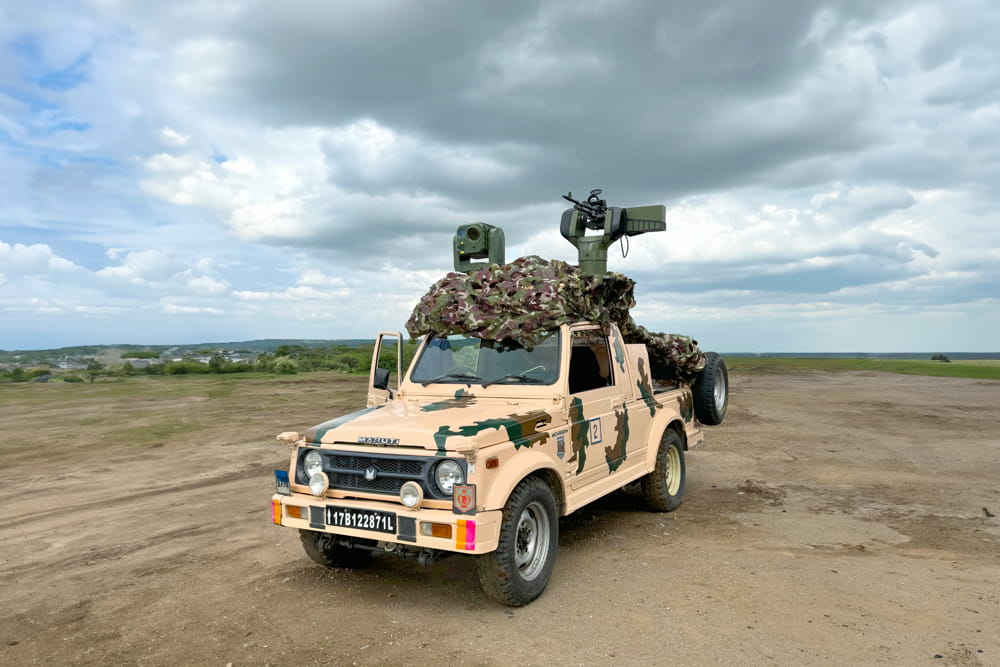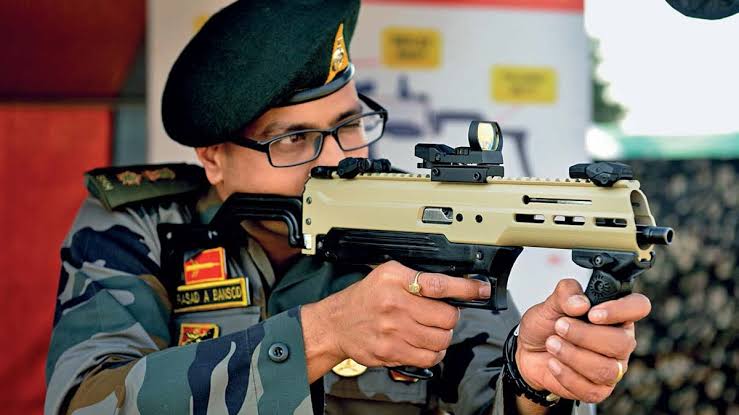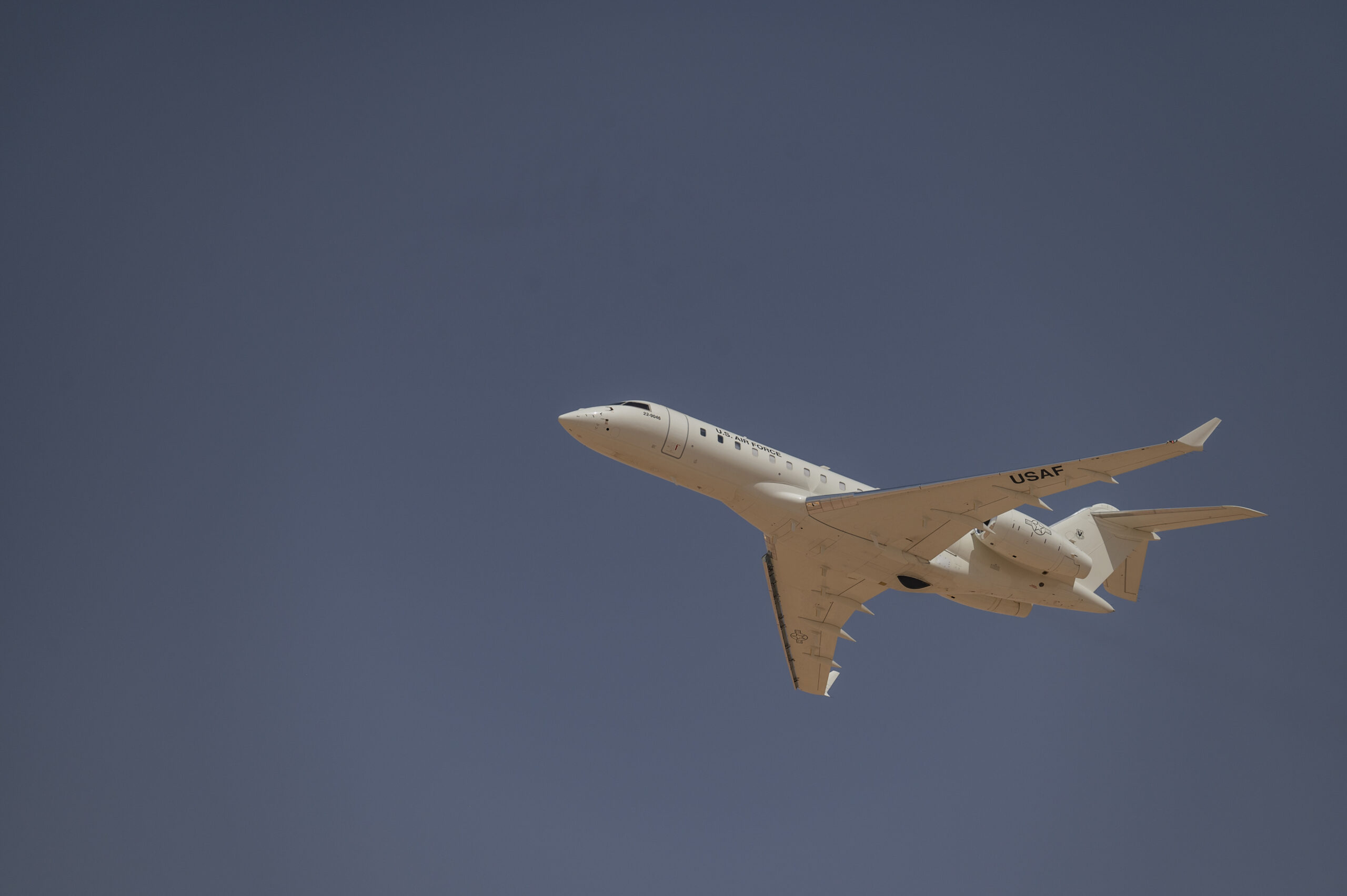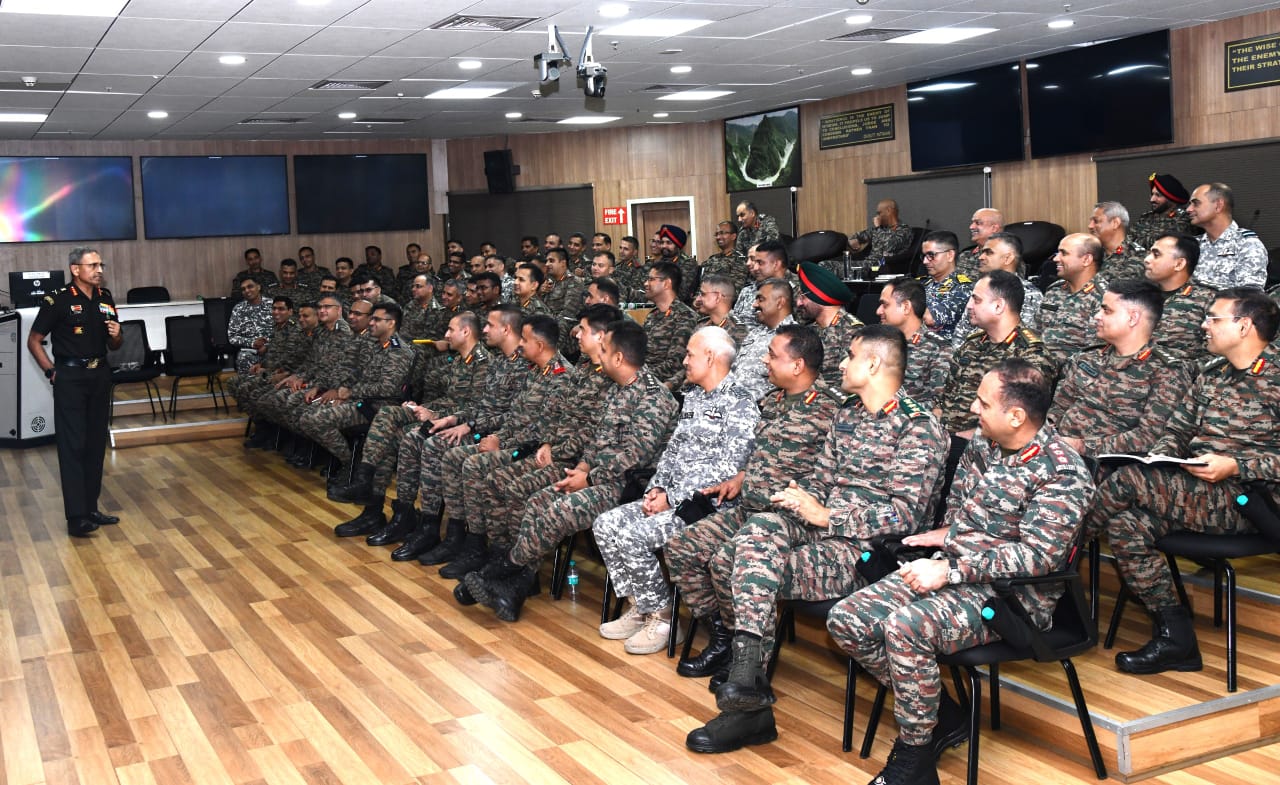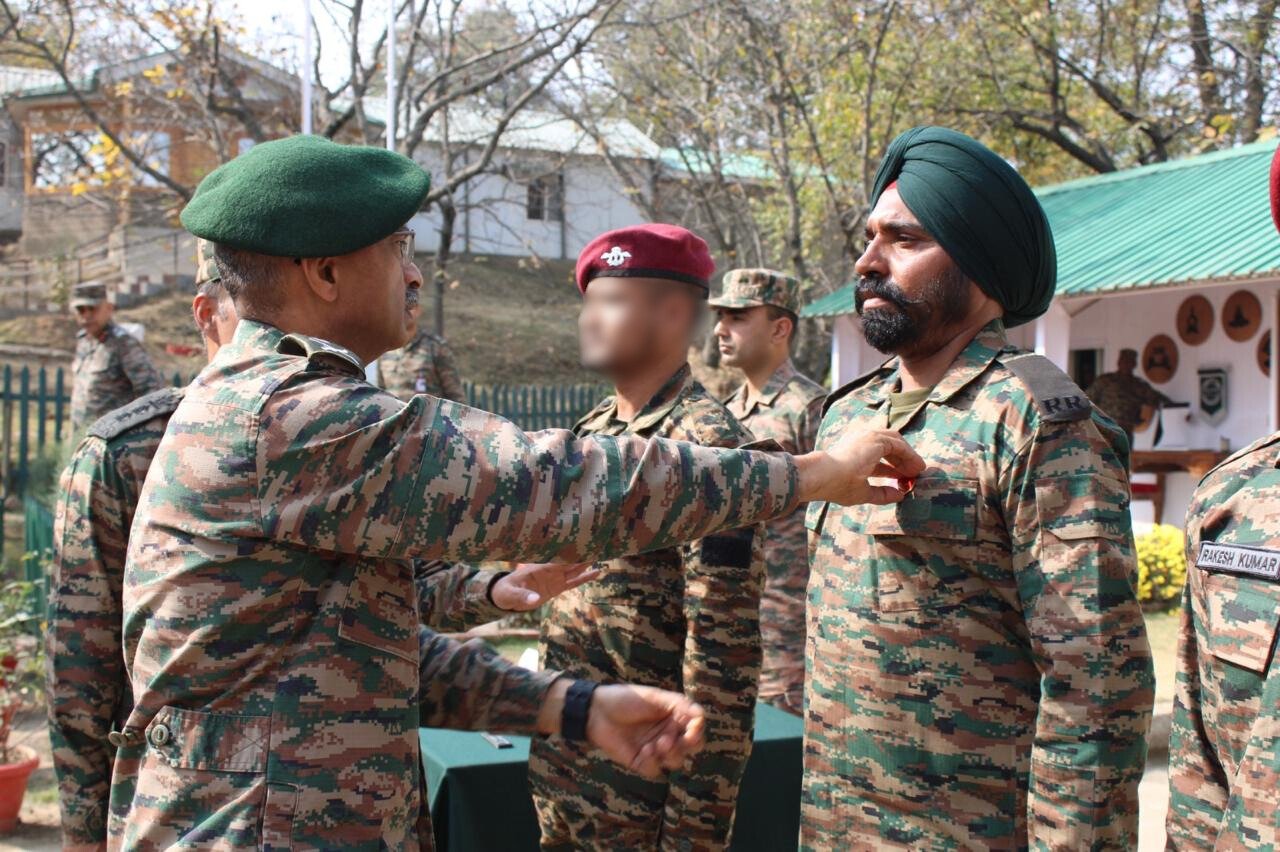UK Set to Acquire £40 Million ‘Juno’ Earth Observation Satellite
UK Ministry of Defence Awards £40 Million Contract for New Earth Observation Satellite 'Juno' The UK Ministry of Defence has…
Barbarik URCWS: Revolutionizing Battlefield Technology with the World’s Lightest Remote-Controlled Weapon Station
The ultralight Barbarik URCWS (Ultralight Remote-Controlled Weapon System) is making waves in the global defense sector as the world’s lightest…
Indian Army Inducted 550 Indigenously Developed ‘Asmi’ Machine pistols
In a significant advancement for India's self-reliance in defense manufacturing, the Indian Army has inducted 550 indigenously developed 'Asmi' machine…
US Air Force Receives Eighth BACN Aircraft from Bombardier
Bombardier Delivers Eighth E-11A Communications Aircraft to US Air Force Hartford, Connecticut – Bombardier has successfully delivered the eighth E-11A…
115 Student Officers of Higher Command Course Visit Eastern Command Headquarters
In a significant engagement aimed at providing strategic exposure and insight into India's security dynamics, 115 student officers, along with…
Lt Gen MV Suchindra Kumar Reviews Operational Readiness of Rashtriya Rifles
In a display of continued commitment to maintaining security and counter-terrorism efforts in the region, Lieutenant General MV Suchindra Kumar,…


